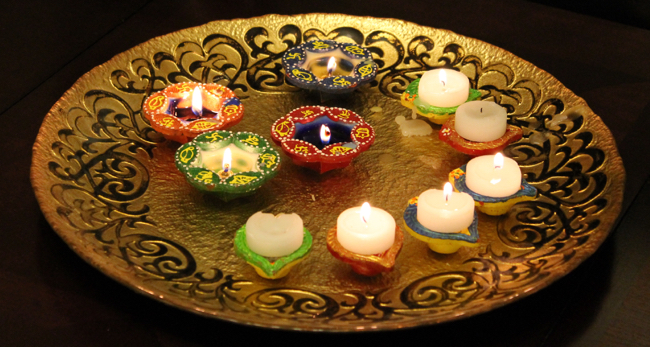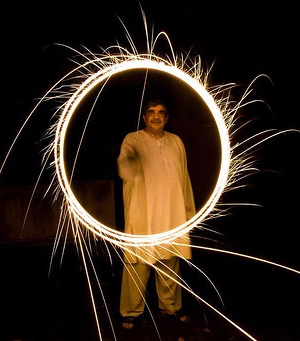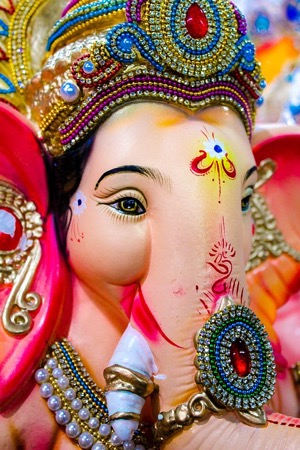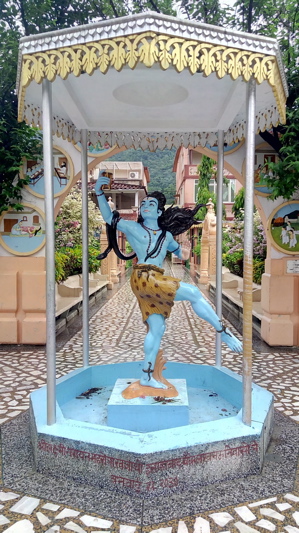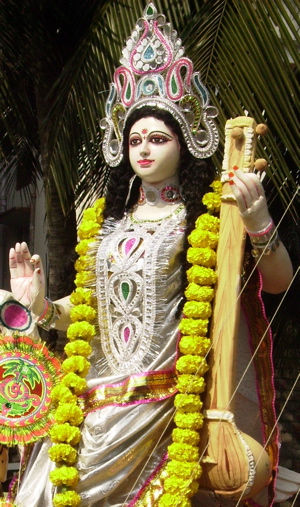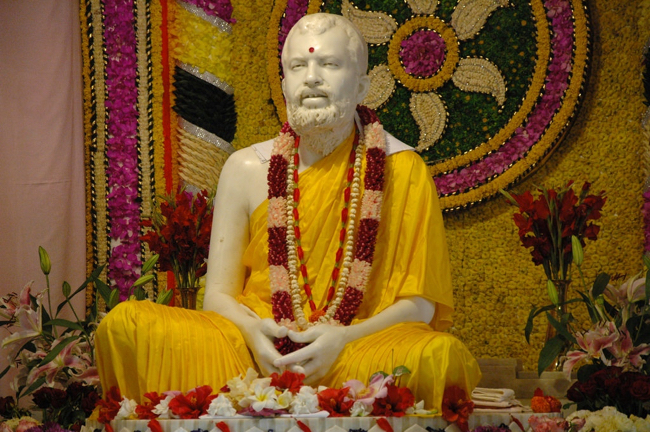
A figure of Sri Ramakrishna, decorated for celebrations. Photo by Ramakrishna Math and Ramakrishna Mission Belur Math, courtesy of Flickr
FRIDAY, MARCH 8: In Hindu communities worldwide, today marks the birth anniversary celebration for Sri Ramakrishna, a Hindu mystic whose movement redefined modern Hinduism. Many Hindu legends date back thousands of years, but it was during a modern time of Western influence that Ramakrishna made an impact: as true Hindu devotion was eroding, Ramakrishna warned, it was time to revive the faith.
Many accounts verify the God-like essence that surrounded Ramakrishna, and his God-consciousness is described in various books (including works on psychology). Yet despite his mission to unify India, this mystic and teacher also taught an appreciation for other religious traditions. Ramakrishna’s small room in the Dakshineswar temple garden was frequently filled with men and women, young and old—atheists, Hindus, Muslims and Christians—all anxious to see and hear him. Ramakrishna became renowned for explaining the mysteries of God in the language of the common man.
As Hindu holidays are based on the lunar calendar in India, Ramakrishna’s birthday is on February 18—but, in translation to the Gregorian calendar, that date this year on the Gregorian calendar is March 8.
Care to learn more?
International peacemaker and author Daniel Buttry profiles Sr. Ramakrishna (1836-1886).
